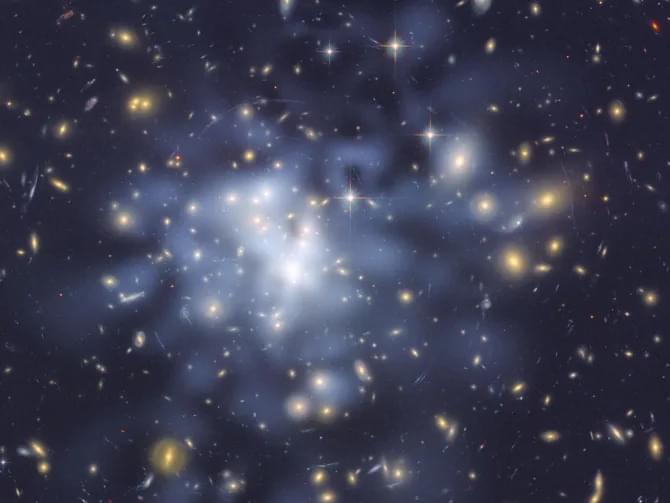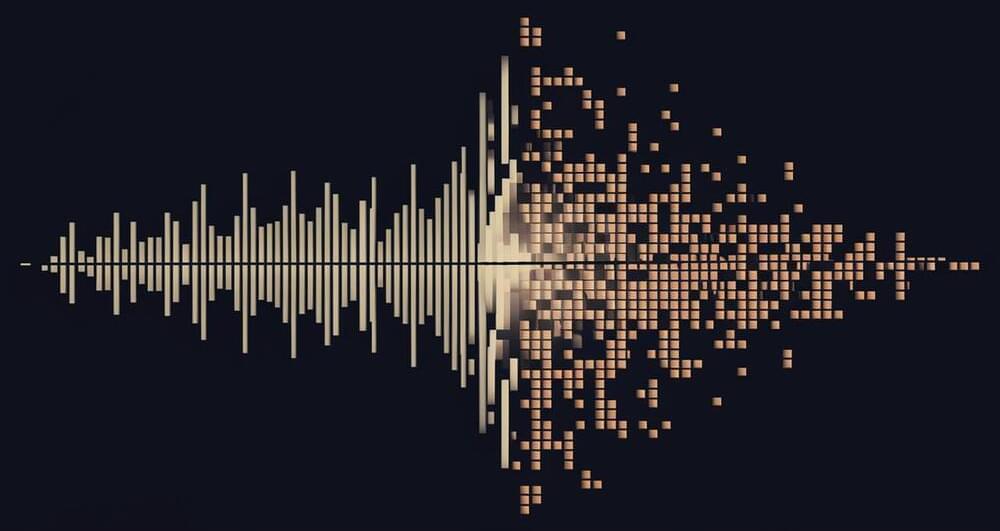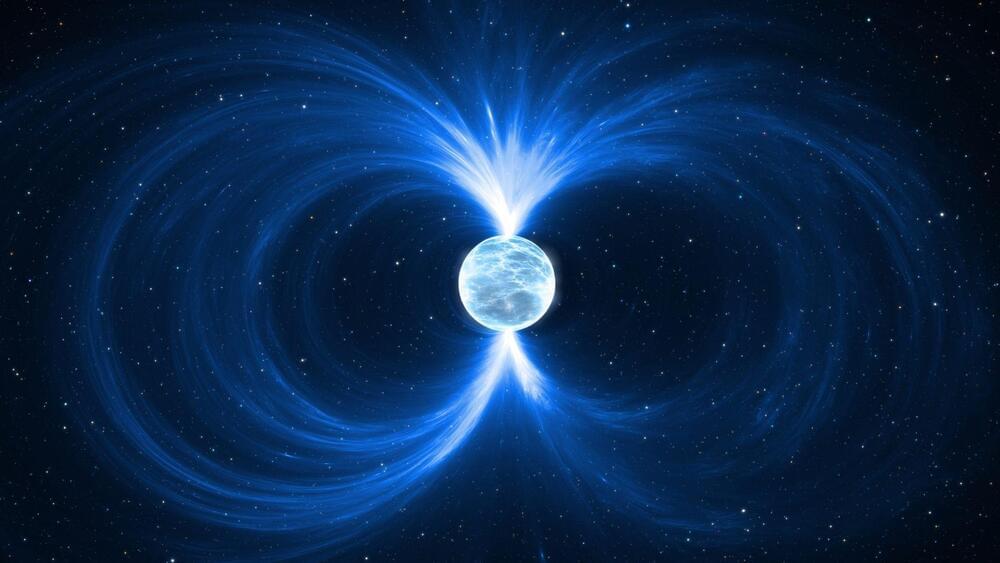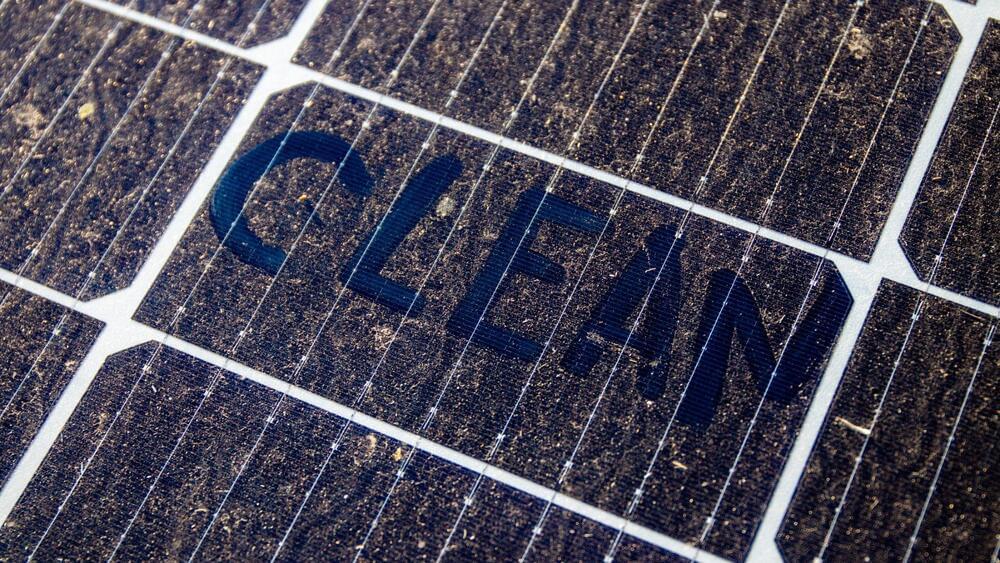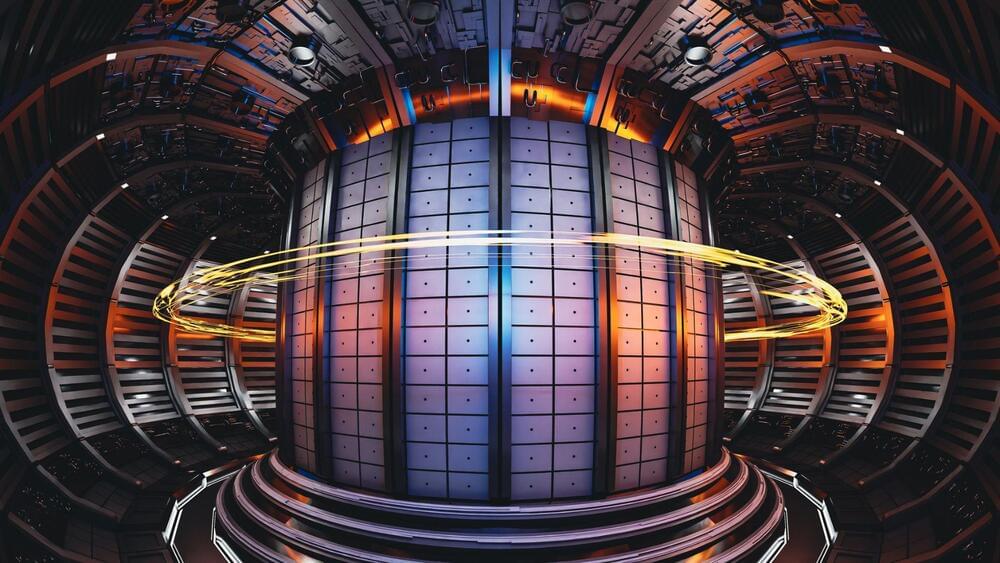Researchers craft a facial robot that predicts human smiles and animates its face accordingly, advancing user-friendly robotic technologies.
A Boston Dynamic’s SPOT robotic dog has officially become the first of its kind to become a police dog hero. The robodog in question, a Massachusetts State Police SPOT unit, was shot in the line of duty.
According to the police department, the robodog’s actions may have saved human lives. Called “Roscoe,” the robot dog was involved in a police action to deal with a person barricaded in their home.
Dark matter is one of science’s greatest mysteries. It doesn’t absorb, reflect or emit light, so we can’t see it. But its presence is implied by the gravitational effects it appears to have on galaxies.
Although dark matter makes up about 85% of the cosmos, scientists know very little about its fundamental nature.
Theories abound, and research by Clemson University postdoctoral fellow Alex McDaniel provides some of the most stringent constraints on the nature of dark matter yet. His research also reveals a small hint of a signal that if real, could be confirmed sometime in the next decade or so.
Ching-Yao Tang and Ke-Jung Chen used the powerful supercomputer at Berkeley National Lab to create the world’s first high-resolution 3D hydrodynamics simulations of turbulent star-forming clouds for the first stars. Their results indicate that supersonic turbulence effectively fragments the star-forming clouds into several clumps, each with dense cores ranging from 22 to 175 solar masses, destined to form the first stars of masses of about 8 to 58 solar masses that agree well with the observation.
Furthermore, if the turbulence is weak or unresolved in the simulations, the researchers can reproduce similar results from previous simulations. This result first highlights the importance of turbulence in the first star formation and offers a promising pathway to decrease the theoretical mass scale of the first stars. It successfully reconciles the mass discrepancy between simulations and observations, providing a strong theoretical foundation for the first star formation.
The open-source voice cloning model ‘Voice Craft’ makes OpenAI’s ethical restrictions on its voice model ‘Voice Engine’ seem irrelevant.
A team of researchers from China, who are originally engaged in hypersonic missile development, have developed a mechanical sensor that can boost the safety on the country’s high-speed rail network.
As per an article in the South China Morning Post, the scientists have proposed using a high-sensitivity technology to paint a complete picture of every turn of the train’s wheels.
Astronomers measured neutron star jets, reaching one-third light speed. They utilized X-ray bursts to time the jet launch.
As AFP reports, in a meeting with industry experts, an economy ministry official outlined a target completion date of post-2035. To achieve this ambitious goal, a significant investment of five trillion yen ($33 billion) will be allocated over the next decade, fueling research and development of the new passenger plane.
This latest endeavor seeks to establish Japan as a leader in passenger aircraft production – a position it hasn’t held in over half a century. Building on the challenges that Mitsubishi Heavy Industries (MHI) encountered, which canceled its long-delayed passenger jet project in 2023, the new public-private consortium strongly emphasizes clean energy.
Solar energy is vital for sustainable future, but dust and other environmental factors dramatically reduces its energy efficiency.
Lithium-lined tokamaks can help keep the plasma hot and stable while also providing more room for it to move inside the donut-shaped vessel.


